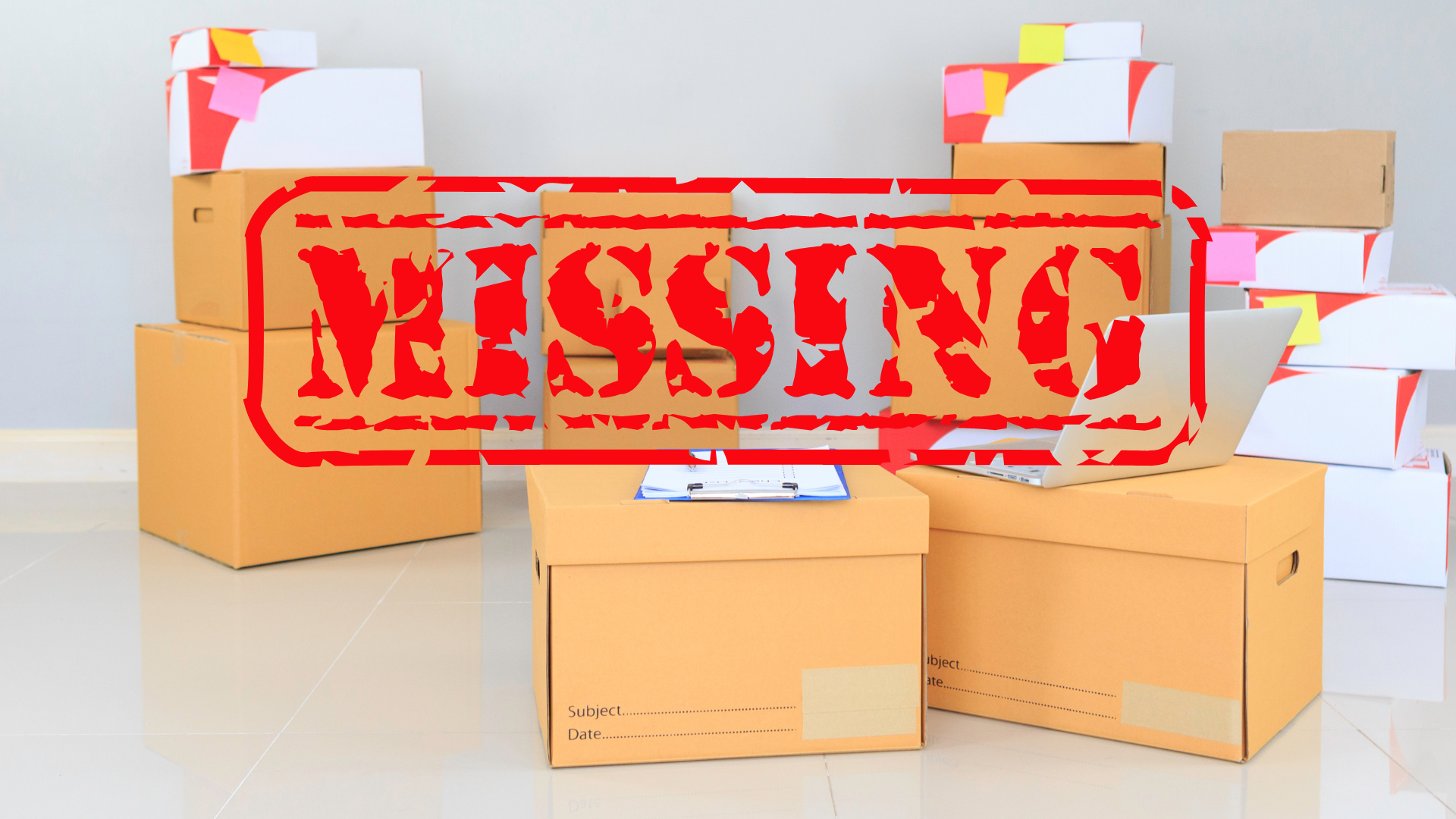Top 10 Mistakes to Avoid in Cross-Border Fulfillment
Expanding into international markets opens up exciting opportunities for eCommerce businesses. However, cross-border fulfillment also brings a new complexity — from customs declarations and delivery expectations to tracking visibility and returns management. Many sellers underestimate the challenges and unknowingly make costly mistakes that hurt customer satisfaction and operational efficiency.
To help you avoid those pitfalls, we’ve compiled the top 10 mistakes in cross-border fulfillment, and how to avoid them using the right strategy and tools like PostalParcel, your global logistics tracking partner.

1. Ignoring Customs and Duties Regulations
One of the most common and costly mistakes is failing to understand customs laws in the destination country. Incorrect or incomplete customs documentation can lead to delays, returns, or fines.
How to Avoid:
Use standardized harmonized system (HS) codes, include proper item descriptions and values, and stay updated with international trade laws. Partner with a logistics platform that can assist with documentation and real-time visibility.
2. Offering Unrealistic Delivery Estimates
Promising fast international delivery without accounting for customs clearance, local courier handoffs, or global disruptions sets you up for failure.
How to Avoid:
Use carrier-specific data and historical transit times to set realistic delivery estimates. Platforms like PostalParcel give access to accurate delivery timelines and delay alerts.
3. Poor Package Tracking Visibility

Customers expect to track their orders every step of the way — even across borders. Relying solely on basic courier tracking links confuses, especially when multiple carriers are involved.
How to Avoid:
Use a Global Logistics Track Platform like PostalParcel to provide customers with real-time, unified tracking across all shipping stages, carriers, and countries.
4. Neglecting Return Logistics
Many businesses focus on outbound logistics and forget to plan for international returns, which can be expensive and logistically complicated.
How to Avoid:
Build a clear, well-communicated return policy and choose fulfillment partners that offer local return hubs or regional warehouses to simplify reverse logistics.
5. Underestimating Local Preferences and Delivery Methods
What works in one country may not apply in another. Some regions prefer cash-on-delivery, others use parcel lockers or convenience store pickups.
How to Avoid:
Localize your fulfillment strategy based on regional behaviors and preferences. Choose logistics providers that offer multiple last-mile options in each market.
6. Not Automating Fulfillment Workflows

Manually processing cross-border orders leads to errors, inefficiencies, and missed updates. Without automation, it’s hard to keep up as volume grows.
How to Avoid:
Integrate your eCommerce platform (e.g., Shopify, WooCommerce) with PostalParcel’s tracking API and webhooks to automate status updates, notifications, and tracking syncs.
7. Inconsistent Shipping Costs or Duties Transparency
Unexpected fees at delivery create frustration and increase return rates. Many brands lose trust by not communicating duties, VAT, or import taxes.
How to Avoid:
Offer DDP (Delivered Duty Paid) options and calculate duties at checkout. Use shipping calculators or third-party services to estimate total landed costs.
8. Failing to Monitor Carrier Performance

Not all carriers are equal, especially when shipping internationally. Delays, lost parcels, or unreliable tracking can damage your reputation.
How to Avoid:
Track and compare carrier performance using PostalParcel’s analytics features. Make data-driven decisions about which couriers to use in each country or region.
9. Overlooking Multilingual Customer Support
Language barriers can confuse order tracking or support queries. You may lose international customers if your emails and tracking pages aren’t localized.
How to Avoid:
Use platforms that offer multi-language support for tracking pages, notifications, and helpdesk content. PostalParcel automatically detects location and adjusts the tracking display language.
10. Preparing Cross-Border Fulfillment for Peak Seasons

During holiday seasons or shopping festivals like Black Friday, shipping networks get overwhelmed, and cross-border delays increase significantly.
How to Avoid:
Start planning early. Use PostalParcel’s bulk tracking and batch management tools to process thousands of packages efficiently and keep customers informed with automated updates.
Conclusion: Avoiding Mistakes Starts with the Right Tools
Cross-border fulfillment doesn’t have to be chaotic. Most mistakes stem from poor visibility, lack of preparation, and failure to leverage the right technology. A global logistics track platform like PostalParcel helps you:
- Monitor international shipments in real time
- Automate communication with buyers
- Stay ahead of delays and customs issues
- Provide a seamless post-purchase experience
By avoiding these 10 common fulfillment mistakes and adopting a proactive logistics strategy, your brand can grow confidently in the global market — with fewer headaches and happier customers.
Industry Insights
news via inbox
Nulla turp dis cursus. Integer liberos euismod pretium faucibua








